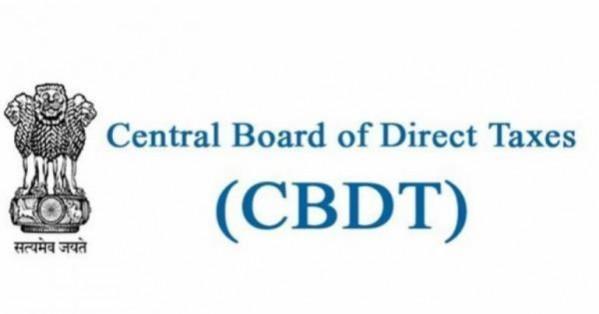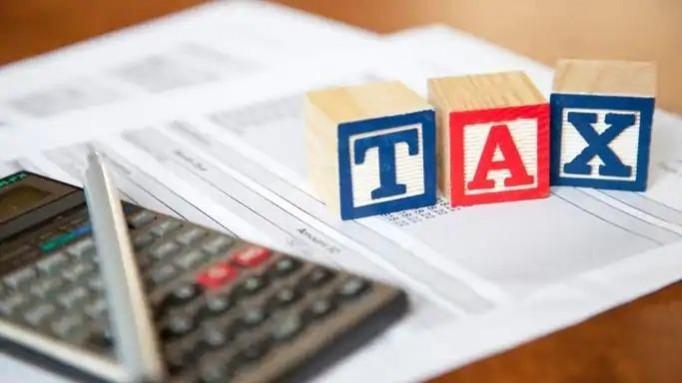
The Central Board of Direct Taxes (CBDT) has taken a significant step towards simplifying the taxation of capital gains in India. In a comprehensive set of Frequently Asked Questions (FAQs), the CBDT has explained the new capital gains tax regime introduced in the Union Budget 2024-25. The new provisions, which came into effect from July 23, 2024, apply to any transfer made on or after this date.
The major changes in the capital gains tax regime revolve around five broad parameters. Firstly, the holding period for capital assets has been simplified. There are now only two holding periods, one year for listed securities and two years for all other assets. This is a significant departure from the previous regime where there were three holding periods for considering an asset to be a long-term capital asset.
Secondly, tax rates have been rationalised and made uniform for the majority of assets. This is expected to bring more clarity and predictability to the taxation of capital gains.
Thirdly, the concept of indexation has been done away with for ease of computation. This is coupled with a simultaneous reduction of the tax rate from 20 per cent to 12.5 per cent. The fourth change ensures parity between Resident and Non-resident taxpayers, thereby ensuring equal tax treatment for both categories.
Lastly, there is no change in roll-over benefits. Taxpayers can still avail of roll-over benefits on capital gains under certain conditions, as per existing sections of the IT Act. The holding period for all listed assets will now be one year. Therefore, for listed units of business trusts (ReITs, InVITs) the holding period is reduced from 36 months to 12 months.

The holding period of gold, unlisted securities (other than unlisted shares) is also reduced from 36 months to 24 months. However, the holding period of immovable property and unlisted shares remains the same as earlier i.e. 24 months. The rate for short-term STT paid listed equity and equity-oriented mutual fund and units of business trust (Section 111A) has increased from 15 to 20 per cent.
Similarly, the rate for these assets for long-term (S. 112A) has increased from 10 to 12.5 per cent. The exemption limit of Rs 1 lakh for LTCG on these assets has also increased to Rs 1.25 lakh. This increased exemption limit will apply for FY 2024-25 and subsequent years.
For rollover benefits, taxpayers can invest their gains in a house under Section 54 or Section 54F or in certain bonds under Section 54EC. For complete details of all rollover benefits, please refer to Sections 54, 54B, 54D, 54EC 54F, 54G of the IT Act. The investment of capital gain in 54EC bonds (up to Rs. 50 lakh) and in other cases, the capital gain is exempt from tax, subject to certain specified conditions.
The new capital gains tax regime is a significant step towards simplifying the taxation of capital gains in India. It is expected to bring more clarity and predictability to the taxation of capital gains, thereby encouraging long-term investments. However, the impact of these changes on the tax liability of individual taxpayers will depend on their specific circumstances and investment decisions.
The new capital gains tax regime introduced by the CBDT is a significant move towards simplifying and rationalising the taxation of capital gains in India. By introducing changes such as the simplification of holding periods, rationalisation of tax rates, removal of indexation, and maintaining roll-over benefits, the CBDT aims to bring more clarity and predictability to the taxation of capital gains. These changes are expected to encourage long-term investments and benefit taxpayers across various asset categories. However, the actual impact of these changes on individual taxpayers will depend on their specific circumstances and investment decisions.

















